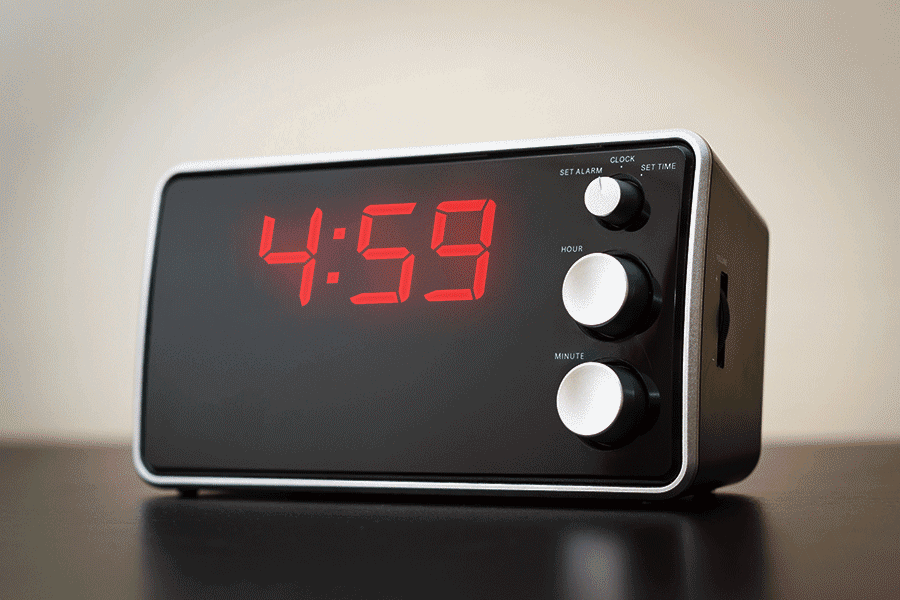I am, of course, three years late to the party, but the other night I decided my best Netflix option was the 2014 film 5 to 7. The movie is about an affair that takes place between a 20-something writer and a married Frenchwoman who conduct said affair between the hours of 5 p.m. and 7 p.m. The woman (played by Bérénice Marlohe) explains their arrangement as an old French tradition, one that perplexes the young American writer (played by the late Anton Yelchin). “It’s a code, a 5-to-7 relationship is a relationship outside of marriage,” says Marlohe’s character. “It’s not literal; it refers to a time in the evening where a person’s whereabouts might be a little bit hazy.”
The actual French term for a 5-to-7 relationship — cinq a sept — does, however, derive from the actual time of day French men would visit their mistresses. And logistically speaking, it makes sense. Regular office hours are from 9 a.m. to 5 p.m., and the average time for dinner is around 7 p.m. That means if one were to slip outside of their domestic reality for some nonmonogamous fucking, the 5-to-7 time slot is arguably the best time to do so — or at least the one with the most plausible deniability. “Many people make time during weekends,” says Catherine Hakim, a British social scientist and author of The New Rules: Internet Dating, Playfairs and Erotic Power. “Others use their lunch hour to meet up. But 5 to 7 is important, mainly for city office workers — as in Paris, for example.”
Though she does add, “In the research described in my book, I found that couples met up at all times of the day — or evening. People who were self-employed in some sense weren’t restricted by standard office hours. People who work shifts or part-time also have more time flexibility.”
In other words, the 5 to 7 might sound nice—especially in French—but it’s far from the only time of day people conduct their affairs, which is pretty more like a 24-hour thing than a convenient 2-hour window.

